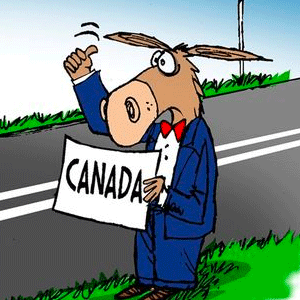How some enslaved Black people stayed in Southern slaveholding states – and found freedom
Published in Political News
For generations, the Underground Railroad has been the quintessential story of resistance against oppression.
Yet, the story is incomplete.
What is far less known is that the majority of enslaved people who fled Southern slavery before the 1863 Emancipation Proclamation never crossed the Mason-Dixon line to freedom in the Northern states.
Instead, they remained within the slaveholding Southern states.
As a scholar of slavery, labor and resistance, I have written about the thousands of enslaved Black people who gravitated to the burgeoning cities and towns of the South, where they lived camouflaged among urban Black residents in Baltimore; Charleston, South Carolina; New Orleans; and Richmond, Virginia.
In my book “Escape to the City: Fugitive Slaves in the Antebellum Urban South,” my research reveals that the resistance of Black people in the antebellum South was much larger and much more active than we have thought.
Despite their numbers, this parallel story to the Underground Railroad did not leave a mark that is very discernible today.
Unlike fugitives who fled to the North – or to Mexico – those who stayed in the South did not cause political debates that historians can analyze.
And newspaper coverage was so meager that, for the most part, generations of historians have simply overlooked the fact that thousands of runaway slaves went to Southern cities. They overwhelmingly came from nearby plantations and towns.
Intriguingly, it is exactly this gap in the historical record which suggests that urban fugitives prevailed, because it testifies to their virtual invisibility.
...continued













Comments